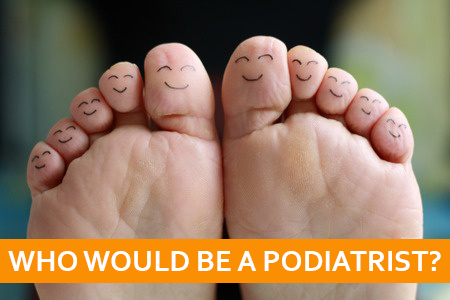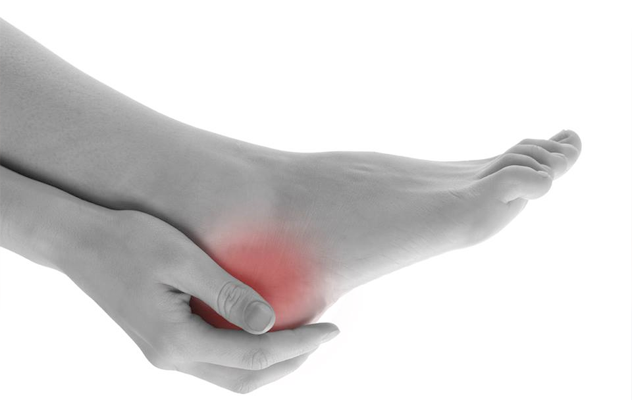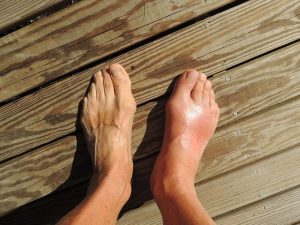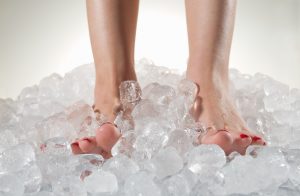Without doubt the question I get asked most at work is why would you want to be a podiatrist and look at smelly feet all day?
The question is often a lightly veiled way of saying do you have a foot fetish or something and some people even ask this outright.
This is usually followed by: Have you always wanted to do this since you were at school?
This normally happens about half way through the first consultation. They have already told me what the nature of the problem is I have taken a medical history and asked them questions about their symptoms and I am probably doing some kind of treatment.
I suppose the question is fair enough; on the face of it looking at feet all day is not the most glamorous way to spend your day.
Well in reverse order this is what I normally tell people. I haven’t always wanted to do this. When I left school I trained as a dental technician and made false teeth until I was about in my mid twenty’s.
No I do not have a foot fetish. As to why? Well I really enjoy my work, most people I see come to me in pain and go away feeling better. So there is lots of job satisfaction and people are usually pleased to see me.
There is also a tremendous amount of variation in what I do each day, from nail cutting and corns to looking at people’s biomechanics and gait analysis, minor surgery under local anaesthetic for removal of part of or a whole toe nails, assessment and treatment of diabetic foot problems, wound care, children’s foot problems, sports injuries, treatment of verrucas to name but a few.
Also there is quite a lot of problem solving in my work, clients will come in with a pain in their foot there may be very little to see in the way of obvious signs like swelling and redness and I have to diagnose and treat the problem.
Sometimes a treatment that works for one individual will not be as successful for another with the same condition so an alternative solution tailored to the individual must be found. This all makes my work interesting and rewarding.
Then of course I get to spend at least half an hour a time with my patients and we get to chat, so I get to know people and people are generally interesting. And I know I am not alone, most of my collages are enthusiastic and passionate about what they do. If I go to a conference podiatrists are always keen to learn new techniques and share experience and knowledge.
Don’t get me wrong I don’t get up every morning and leap out of bed and go” great feet again today!” but I do consider myself very lucky to have a job I really enjoy.





